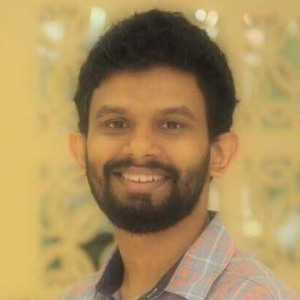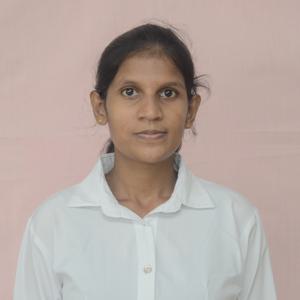Near-Infrared Imaging & Vein Detection
VascuEye uses near-infrared (NIR) light, typically around 850 nm, to illuminate the skin. Human tissue reflects most of the IR light, but deoxygenated hemoglobin in veins absorbs it, making veins appear darker under NIR imaging.
A 700 nm long-pass filter blocks visible light, allowing only IR to pass. This enhances contrast between veins and surrounding tissue for accurate, non-invasive visualization.













